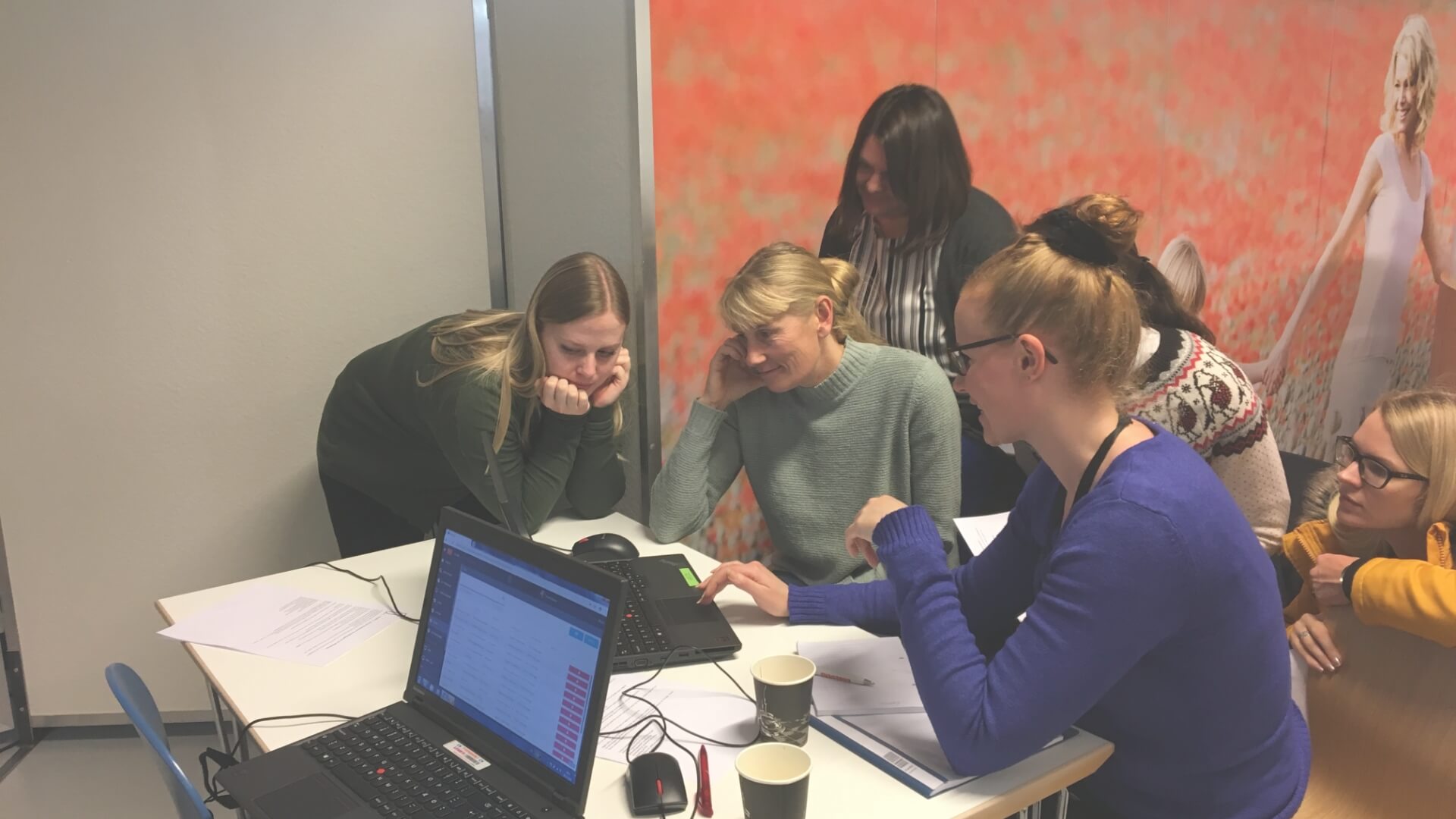Overview
The future Sygehus Sønderjylland will expand across multiple Danish municipalities to include an emergency hospital in Aabenraa, a specialist hospital in Sønderborg and a same-day hospital in Tønder. As part of a decision to strengthen the use of technology and increase the effectiveness of multidisciplinary collaboration within the entire Southern Denmark region, the implementation of a video solution was necessary to plan patients’ discharge more seamlessly. Fortunately, with the support of the three DISH tools, the regional hospital was able to identify optimal locations for digital skill training; promote eHealth technologies where health care professionals from different wards and the four regional municipalities had cross-sectorial training; ensure ongoing learning to increase the likelihood of uptake in clinical settings. Using the DISH tools guaranteed that implementation of this solution could occur within an immediate time frame.

